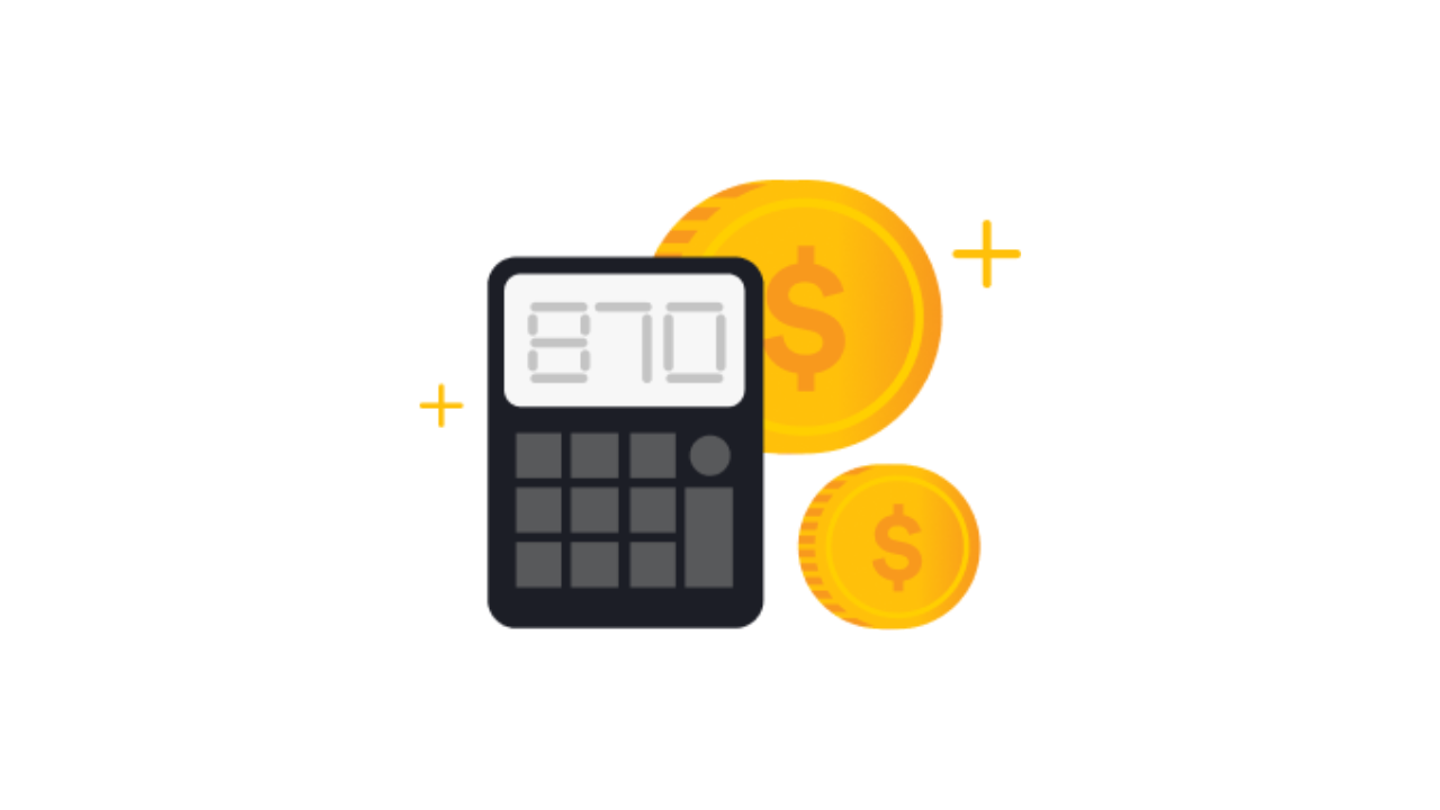Trust accounting vs. ‘direct to landlord’ payments: Why the new choice model wins in property management
Liz Pollock
26 March 2025
How agencies handle rent, bill payments, and financial transactions plays a crucial role in efficiency, compliance, and customer satisfaction in property management.
While traditional trust accounting has long been the standard, newer models that prioritise automation, efficiency and direct payments are reshaping the industry.
This article explores the key differences between these models, their advantages and drawbacks, and introduces a hybrid approach that combines the flexibility of ‘direct to landlord’ accounting with the security and control of trust accounting.
Below is a quick guide to what we’ll cover in this article:
Traditional trust accounting in property management
For decades, traditional trust accounting has been the industry standard for property management agencies. This model requires agencies to hold rental funds in a dedicated trust account, ensuring compliance with strict financial regulations.
Pros of traditional trust accounting
- Established and widely accepted – Trust accounts are familiar to property investors, renters, and auditors.
- More time to manage investor cash flow issues – With mid and end-of-month disbursements, funds move at a slower pace, giving property managers more time to resolve issues that could impact a property investor’s cash flow.
- Aligns with historic compliance standards – Trust accounts operate within an established legal and financial framework, which makes it straightforward when dealing with questions of compliance from auditors and cautious investors.
Cons of traditional trust accounting
- Time-consuming administrative work – Trust accounting involves significant manual work– including receipting, reconciliation, and audits – which don’t add any customer or business value.
- Rigid structure means less flexibility for customers – Traditional trust accounting can be inflexible when it comes to payment methods, visibility into payments, and customer preferences.
- Higher risk of human error – Traditional trust accounting relies heavily on manual data entry, reconciliation, and reporting. Mistakes such as incorrect allocations, missed transactions, or delayed processing can cause significant disruptions and require time-consuming corrections.
- Higher risk of fraud – Because funds are pooled in a trust account, agencies must have strict controls in place to prevent unauthorised access, mismanagement, or fraudulent activity. Trust account fraud can have serious legal and financial consequences, and compliance regulations require rigorous oversight to mitigate these risks.
- Harder for teams to take leave – Because traditional trust accounting is highly manual and lacks real-time visibility, key team members often struggle to take time off. If an agency relies on a single person to manage trust accounting, it can be challenging to step away without causing delays or disruptions.
- End-of-month and financial year stress – Property managers often find end-of-month and EOFY processing overwhelming, as it requires halting other work to focus on reconciliations and disbursements. This creates high-pressure deadlines and limits the ability to focus on customer service and other important business activities.
Examples of legacy trust accounting software providers
Console Cloud, Property Tree, and PropertyMe are widely used legacy trust accounting software designed for property managers.
Modern ‘direct to landlord’ accounting in property management
Direct to landlord property management (sometimes called trustless, trust-free, no-trust accounting, or automated direct payments) is a modern approach that eliminates the need for agencies to hold rental funds in a traditional trust account.
Instead, all payments are automated, moving directly from the renter to the property investor, with deductions such as management fees and bills processed along the way, without being held in any kind of account that people have access to.
Pros of ‘direct to landlord’ accounting
- Fewer errors & less complexity – ‘Direct to landlord’ systems reduce the need for manual handling of funds, minimising human error and removing the complexity of trust account regulations, audits, and reconciliations.
- Reduced risk of fraud – Without funds being held in a trust account, the risk of mismanagement or fraud is significantly lowered. Every transaction is transparent and recorded in a secure digital ledger that only authorised parties can access in real time.
- More transparency provides a better experience for everyone – This model enables real-time rent payments to property investors, eliminating end-of-month delays and improving cash flow. Many platforms also provide real-time tracking, giving property managers and investors complete visibility into transactions. Agencies that prioritise transparency will stand out in a competitive market.
- Provide more cash flow options to renters and investors. Offer more ways to pay rent and bills like via credit and debit cards.
- Lower administrative burden – Agencies can save significant time by eliminating manual receipting, reconciliations, and end-of-month reporting, allowing teams to focus on customer relationships and business growth.
- Cost savings – Trust accounting often comes with additional costs, such as auditing and bank fees. A ‘direct to landlord’ significantly reduces and in some cases eliminates these expenses.
Cons of ‘direct to landlord’ accounting
- Limited flexibility and compatibility with all payment scenarios– In some states, agencies need to maintain a trust account to process bonds and Centrepay payments. ‘Direct to landlord’ systems also can’t support complex payment setups like those in commercial leases or social housing, limiting their use as a universal solution.
- Less familiarity in the market – Many renters and property investors are accustomed to traditional trust accounting and may take time to adjust to a new system or prefer their funds are held in trust.
- Training and transition effort – Change can be difficult, especially in an industry that has long relied on trust accounts. Adjusting to a new way of handling payments and reconciliations can require training and a shift in mindset for some property managers.
Example of ‘direct to landlord’ accounting software for property managers:
Managed App and Kolmeo are examples of property management software that use ‘direct to landlord’ (or trustless) accounting, automating payments without a traditional trust account.
Why Ailo’s choice model gives you the best of both worlds
At Ailo, we believe in choice. That’s why we offer the only true choice model that gives agencies the flexibility to process payments via a trust account or via automated ‘direct to landlord’ payments —whichever suits their business and their client's best.
Key advantages of Ailo’s choice model
- More choice for your customers. Give investors and renters greater flexibility. Let them choose the payment approach that suits them best—like instant access to rental income for investors or more ways to pay rent and bills, including Visa and Mastercard credit cards.
- Real-world flexibility to handle complex payment scenarios. Enjoy the transparency and efficiency of the ‘direct to landlord’ model, while still being able to handle complex payment scenarios like bonds, Centrepay, commercial leases, and social housing.
- Save time and reduce stress. Automated payments, investor statements, and rent reminders reduce manual admin and improve accuracy. Property managers report saving 6–10 hours per week and seeing a 65% drop in overdue tenancies. End-of-month processing and team leave are no longer disruption points.
- Confidence in a shifting regulatory landscape. Navigate a complex and ever-evolving regulatory environment, so you can operate with confidence.
- Smoother path to automation – It’s easy to gradually move toward a more automated, efficient payments workflow, without disrupting your day-to-day operations.
- Faster payments to suppliers. Autopay and expanded payment options mean suppliers get paid quickly—often faster than industry averages.
- Bank-grade security – The platform adheres to strict compliance and risk management protocols to protect user funds. Learn more
- Always know what’s going on– no surprises. Everyone can see payment history, real-time balances, transfers, and upcoming bills at a glance. That means no more end-of-month surprises or “paid-to” phone calls.
Customer success: How everyone wins when agencies embrace the choice model
With Ailo, agencies can automate payments, gain real-time visibility, and eliminate unnecessary admin work—while still using a trust account when it makes sense. The result? More control, less stress, and happier property managers, property investors, and renters alike.
Property Manager
Felicity doesn't have to do end-of-month on holidays anymore
"I take holidays every year without fail and I used to FaceTime back to the office to talk them through end-of-month," she said.
"I don't have to worry about that anymore. I can enjoy my Christmas break with my family and come back knowing everything has been done properly."
Property Investor
Richie loves the instant access to his funds
“I love the control – being able to draw my funds immediately if I need to," he said.
He can choose to transfer rent as soon as it’s paid
straight into his offset account to minimise interest, and pay bills by credit card when they’re due for maximum rewards points if he wants.
Renter
Jean-Claude pays his rent in 7 seconds
“I logged into Ailo and it pretty much did everything for me," he said.
"It took me like 7 seconds to pay rent. I could pay right now or pay later – and it had the sum amount I owed. I love that, because when you go to your banking app you have to go through like three different screens."
Tradie
Michael is an electrician who gets paid at lightning speed ⚡
"Waiting for payment is not good, especially when it can be a large amount of money. In the old way, sometimes you'd put your bill in and they’d say, 'Oh, the landlord hasn't got enough money in the account. You'll have to wait," he said.
"With Ailo, it’s great. I send an invoice and it's in the bank account within a day, which is very good."
Business Owner
Colin saves thousands a year on bank fees
"What’s better than earning a sales commission? Securing the new buyer as an investor, and then managing their business until they’re ready to sell again," he said.
"On bank fees alone, I’m saving close to $20,000 a year. Our arrears are down, and because Ailo’s dashboards make it really easy to see when leases are due for renewal I’m able to keep my income consistent."
The final verdict
Legacy systems that rely solely on trust accounting can be rigid and time-consuming. They offer limited visibility into payments, force agencies to follow strict trust account rules, and create unnecessary administrative bottlenecks—especially at the end of the month when everything grinds to a halt.
On the other hand, ‘direct to landlord’ models like Managed App remove the complexity of trust accounting but lack flexibility for agencies that still need trust accounts for certain scenarios.
Ailo’s choice model allows agencies and their customers to choose the best option for them. Whether a property investor prefers the familiarity of traditional trust accounting or opts for ‘direct to landlord’ payments, Ailo supports both seamlessly. Automation is built into the platform, so property managers can remain agnostic—neither option creates extra work. The result: more choice for clients, with no added burden for your team.
Ultimately, understanding your options and technology available will help you make an informed choice that aligns with your agency’s goals. Each agency’s situation is unique, but the overarching goal remains the same: safeguarding client funds and ensuring trust is paramount.
Make end-of-month just another regular day
Catherine has 7 years experience as a property manager under her belt and can share first hand what it's like working in an office that uses the Ailo platform.
Frequently asked questions about payments & accounting in property management
What is trust accounting software for property management?
What is ‘direct to landlord’ (or trustless) accounting software for property management?
Is trust accounting or ‘direct to landlord’ (or trustless) accounting better for property management?
How does Ailo’s ‘choice model’ for payments and accounting work?
How do automated payments work in Ailo’s embedded payments platform?
How does Ailo’s embedded payments platform compare to PropertyMe’s MePay?
How is the Ailo platform regulated?

